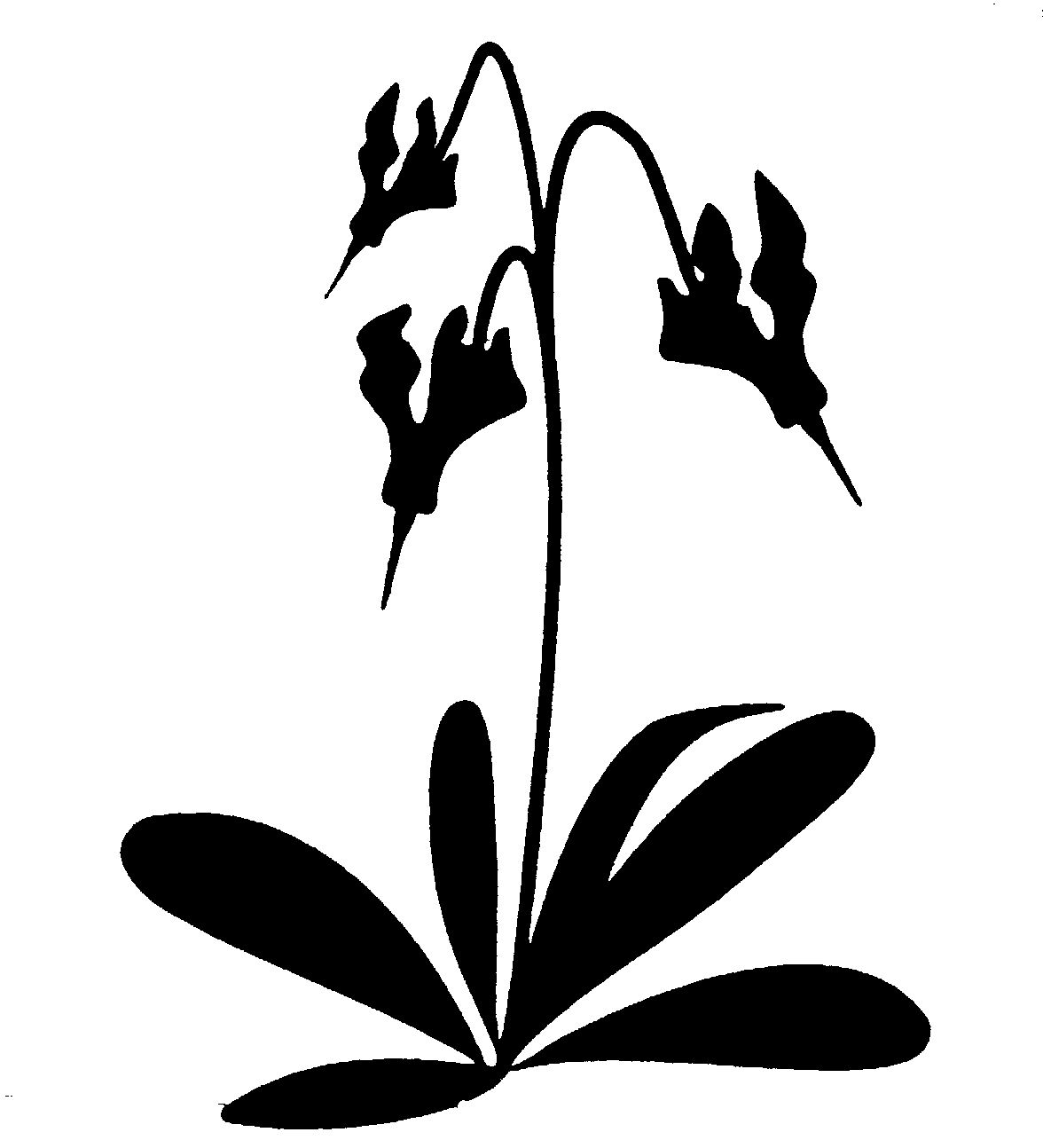| Illustrated Texas Floras Project |  |
| Illustrated Texas Floras Project |  |


The goal of the Illustrated Texas Floras Project is to produce illustrated floristic treatments for a number of the different geographic regions of Texas. Previously, no completely illustrated flora existed for any part of Texas or adjacent states. In keeping with the importance of both research and education in the missions of both BRIT and Austin College, the floras being produced by this project are designed to include information of interest not only to botanical specialists, but also to a more general audience including students, wildflower enthusiasts, ranchers, environmental consultants, etc. Specifically, a number of features are being incorporated to make the books more useful to non-specialists. For example, line drawing illustrations are provided for all species, with color photographs for a significant number. Also, to provide background and context, introductory material covering general aspects of the vegetation, geology, soils, climate, and presettlement and early settlement conditions is being included. Further, the taxonomic treatments include brief synopses about each family and genus, derivations of generic names and specific epithets, notes on useful and toxic/poisonous plants (ethnobotanical information), and references to supporting literature.
The first publication of the project is titled Shinners & Mahler's Illustrated Flora of North Central Texas, co-authored by George Diggs (Austin College, Dept. of Biology), Barney Lipscomb, and Robert O'Kennon (BRIT). It was published in early 1999 and can be purchased from BRIT. It is also available online in Adobe pdf format. This work is a floristic treatment of all species of native or naturalized vascular plants known to occur in North Central Texas. The flora of 2,223 species includes 46 percent of the plants known for the entire state of Texas. For the purposes of this study, North Central Texas is an area of roughly 40,000 square miles or about the size of Kentucky. The flora has over 2,300 lline drawing illustrations as well as color photographs of 174 species.
The next work in the series is the Illustrated Flora of East Texas. Volume 1 (introduction, taxonomic treatments of ferns, gymnosperms, monocots, appendices) is now available. The introduction (271 pages; 172 illustrations) covers a wide variety of topics about the natural history of East Texas and should be of interest to a wide audience. Volumes 2 and 3 will focus on taxonomic treatments of the dicots and will be available approximately 2111 or 2112. The authors of Volume 1 are the same as those for the North Central Texas flora with the addition of Monique Reed, of College Station, author of a detailed flora of Brazos and surrounding counties. For the purpose of this study, East Texas is an area of approximately 62,600 square miles (162,200 square kilometers), delimited on the east by the state border, on the north by the Red River, and extending west and south to Dallas, Austin, and nearly to San Antonio and Houston. While a small region compared to Texas as a whole (approximately 269,000 square miles = 697,000 square km), this 87 county region is about the size of Georgia. It includes the Pineywoods, Post Oak Savannah, Blackland Prairie, and the Red River Area. The flora includes 3,402 vascular plant species, slightly more than two-thirds of the total for all of Texas (Hatch et al. 1990; Turner et al. 2003), and 3,660 taxa (species, subspecies, and varieties) overall. Representatives of 202 families and 1,079 genera are known.
Back to Shinners & Mahler's Illustrated Flora Page
Back to George Diggs Home Page